12 Traditional Egg Dishes from Around the World
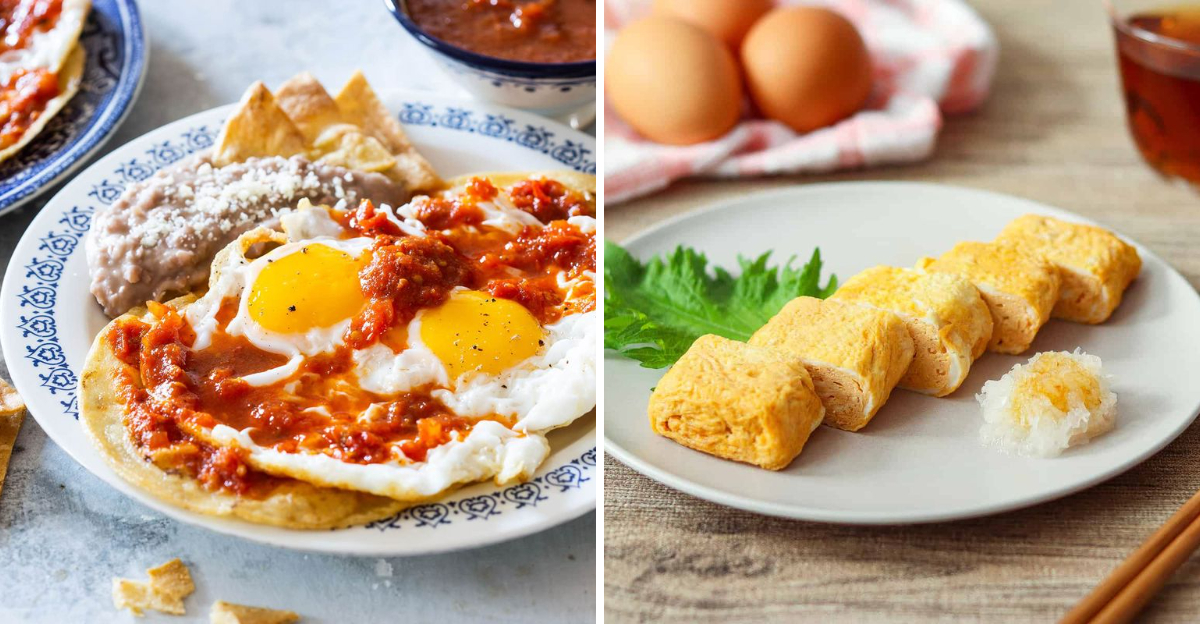
Eggs have been a cornerstone of cooking across cultures for many years. From bustling street markets in Asia to cozy European kitchens, every corner of the world has found its own way to turn this simple ingredient into something truly fulfilling. Whether scrambled, boiled, or baked into elaborate dishes, eggs bring people together around dining tables. Today we’ll explore 12 traditional egg dishes that showcase how different cultures have mastered this versatile ingredient.
1. Tortilla Española – Spain
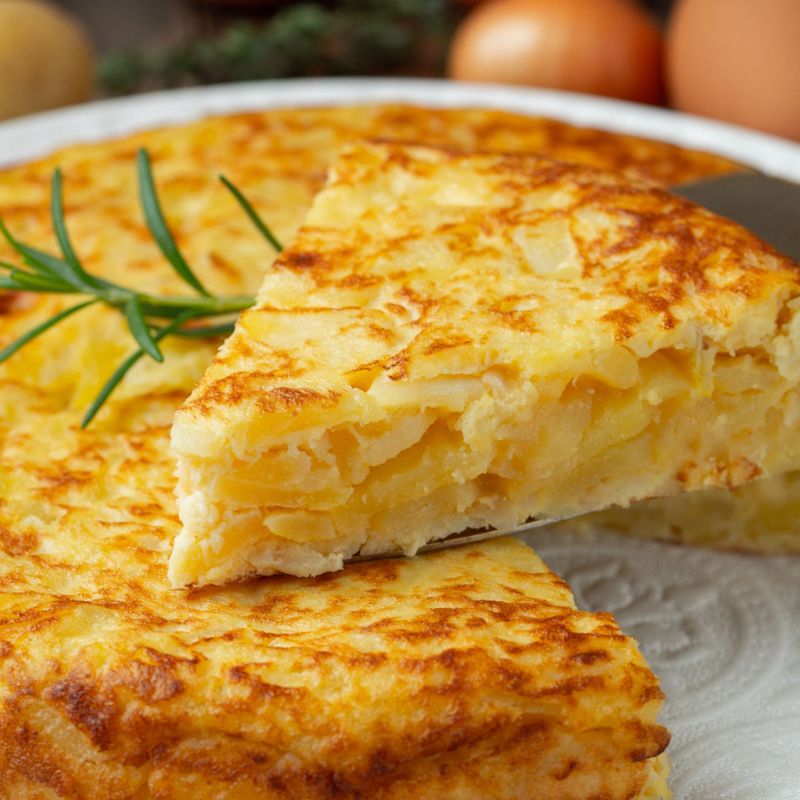
Tortilla Española is a liked everyday dish that brings comfort and warmth to tables across Spain. It relies on just three core ingredients: potatoes, eggs, and often onions to make a filling, reliable meal. Thin slices of potato are slowly cooked until tender, then combined with beaten eggs and shaped into a thick, round omelet. Patience is key, as the mixture needs time to set evenly in the pan. Many Spanish cooks carefully invert the tortilla using a plate, a technique that takes practice but helps ensure even cooking. Different regions offer their own versions some with onions, others sticking to the basic duo of potato and egg.
2. Huevos Rancheros – Mexico
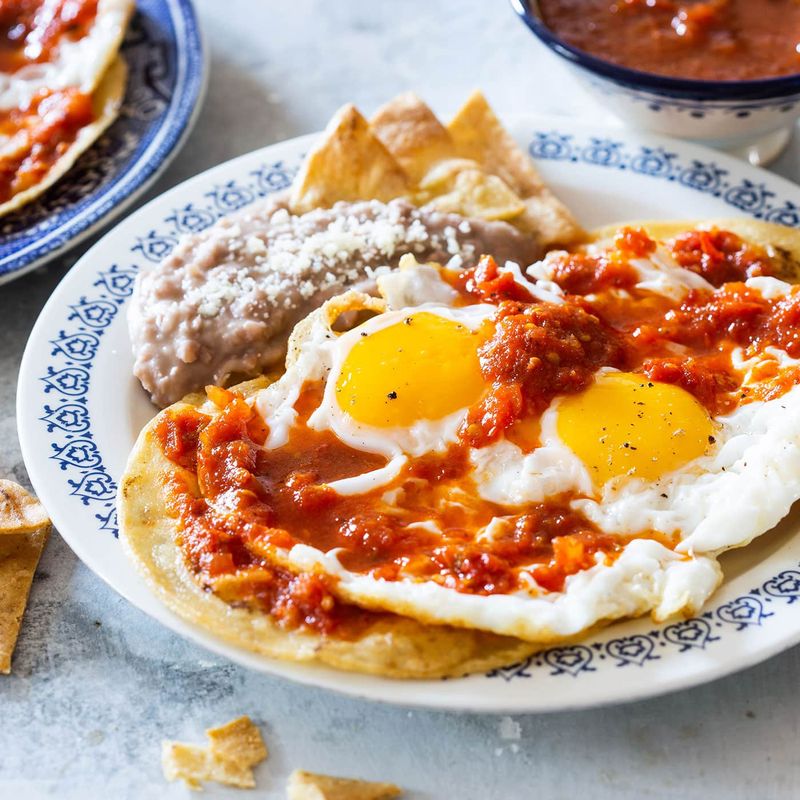
This meal turns basic fried eggs into something more substantial that helps maintain energy. Corn tortillas serve as the base, topped with sunny-side-up eggs whose yolks blend into each portion. A spicy tomato-based salsa is spooned over the top, adding bold flavor and just enough heat to perk up the senses. Black beans and slices of avocado often complete the plate, contributing both protein and nourishing fats. Many Mexican families still enjoy this dish on weekend mornings, sharing conversation over the meal while the salsa adds a bit of warmth to the start of the day.
3. Tamagoyaki – Japan

Its rectangular form comes from using a specific square pan known as a makiyakinabe, a common tool in Japanese home kitchens. Eggs are whisked with a small amount of sugar and soy sauce, then cooked in thin layers. Each new layer is rolled onto the one before it while still soft, gradually forming a compact roll with visible spirals inside. The process takes consistent practice, as timing plays a key role in achieving clean layers instead of a broken scramble. Sushi restaurants often serve tamagoyaki as both a side item and as nigiri, while home cooks include it in lunch boxes.
4. Shakshuka – Middle East
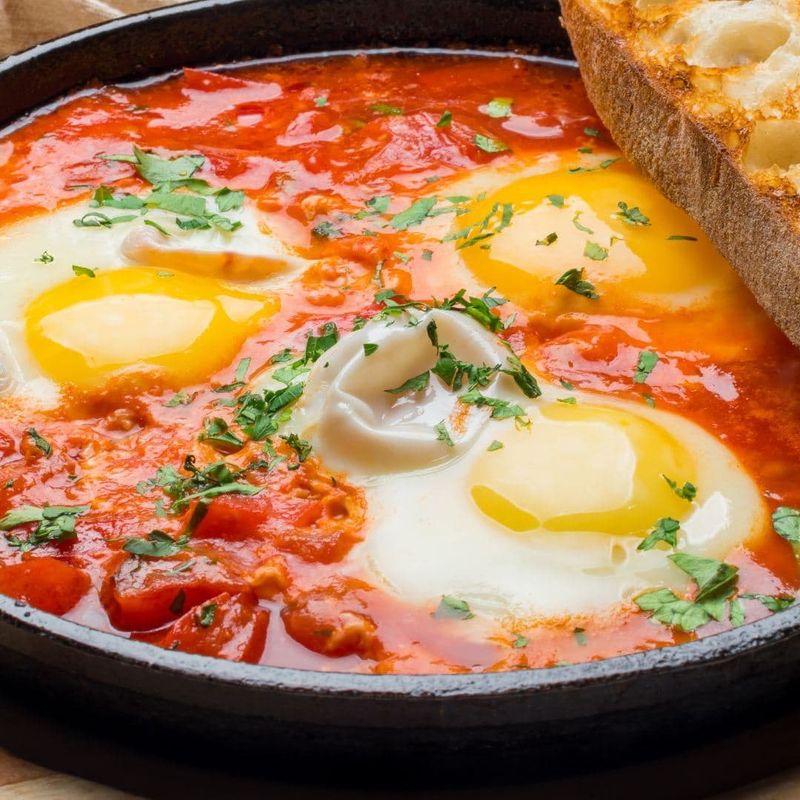
Shakshuka gathers families around one pan, with family and guests scooping up sauce and warm yolk using pieces of bread. Onions and bell peppers soften in the pan before tomatoes are added, along with spices like cumin and paprika. The mixture cooks down until thick enough to hold the eggs in place, which are added by making small spaces in the sauce. Covering the pan helps the whites set while keeping the yolks tender and bright. In many Middle Eastern households, there are debates about which spices work best—some people prefer more heat, while others prepare a milder version suitable for kids.
5. Frittata – Italy
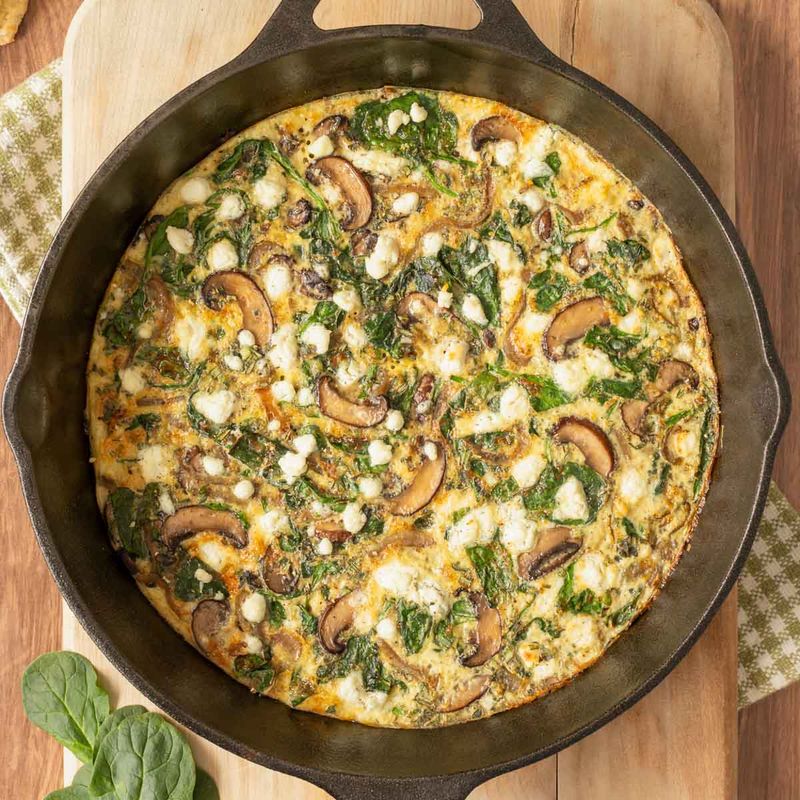
This dish is both practical and easily adjusted to suit personal preferences or what’s in season. Whisked eggs serve as the foundation, with ingredients like spinach, tomatoes, cheese, or herbs stirred in before cooking begins. The mixture starts on the stovetop, cooking gently until the bottom firms up and the edges begin to loosen from the pan. It’s then placed under the broiler to firm up the top and develop a browned surface. Unlike folded omelets, frittatas remain flat and are sliced into wedges, making them convenient to serve at room temperature for outdoor meals or casual gatherings.
6. Eggs – United States
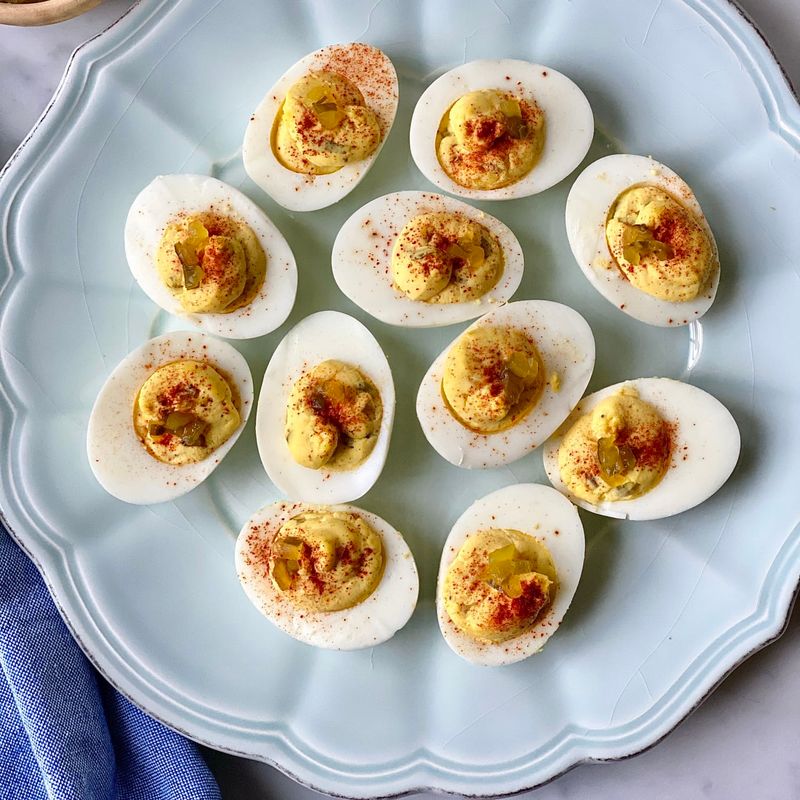
These small appetizers have been a favorite at gatherings since the 1940s, when mayonnaise became a common item in home kitchens. Hard-boiled eggs are sliced in half lengthwise, and the yolks are removed, then blended with mayonnaise, mustard, and seasonings until smooth. The mixture is then spooned or piped back into the egg white halves, offering a tidy and flavorful presentation. Many families add their own twist—some include pickle relish, a splash of hot sauce, or a sprinkle of paprika for color and a gentle bit of heat.
7. Kuku Sabzi – Iran
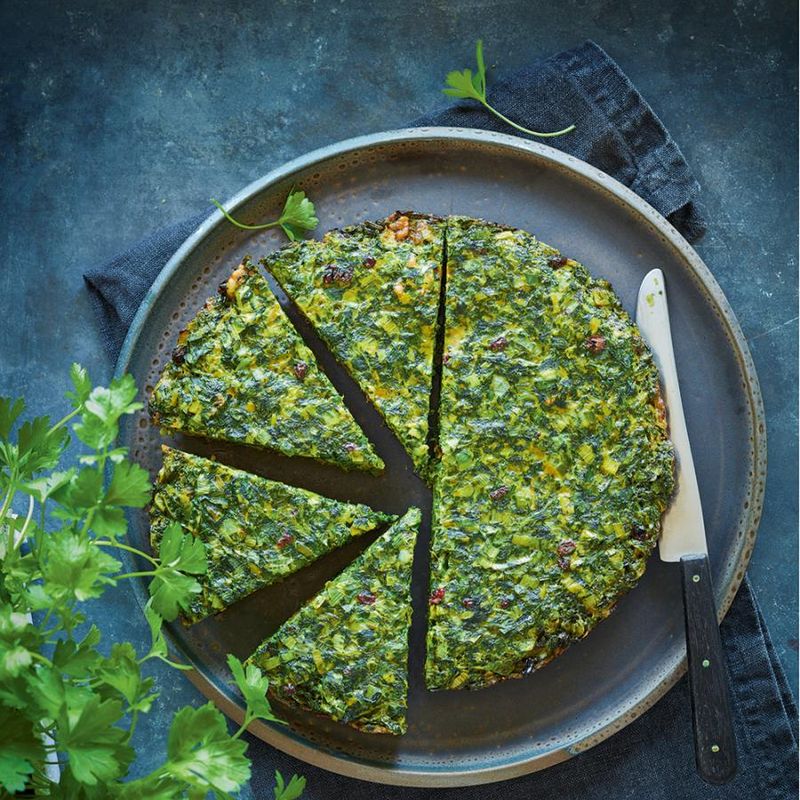
Iranian families spend a lot of time chopping parsley, cilantro, dill, and green onions to prepare this fragrant dish. The herb blend becomes so dense that the eggs mainly act to hold mixture together, resulting in more of an herb cake than a standard omelet. Walnuts are often added to provide crunch and richness, while some families include barberries for small bursts of tart flavor throughout. Cooking is done slowly in a heavy pan, allowing the bottom to form a golden crust while the interior remains tender. Iranian mothers usually make large portions since kuku sabzi tastes even better the next day, served at room temperature alongside yogurt and fresh bread.
8. Century Egg – China
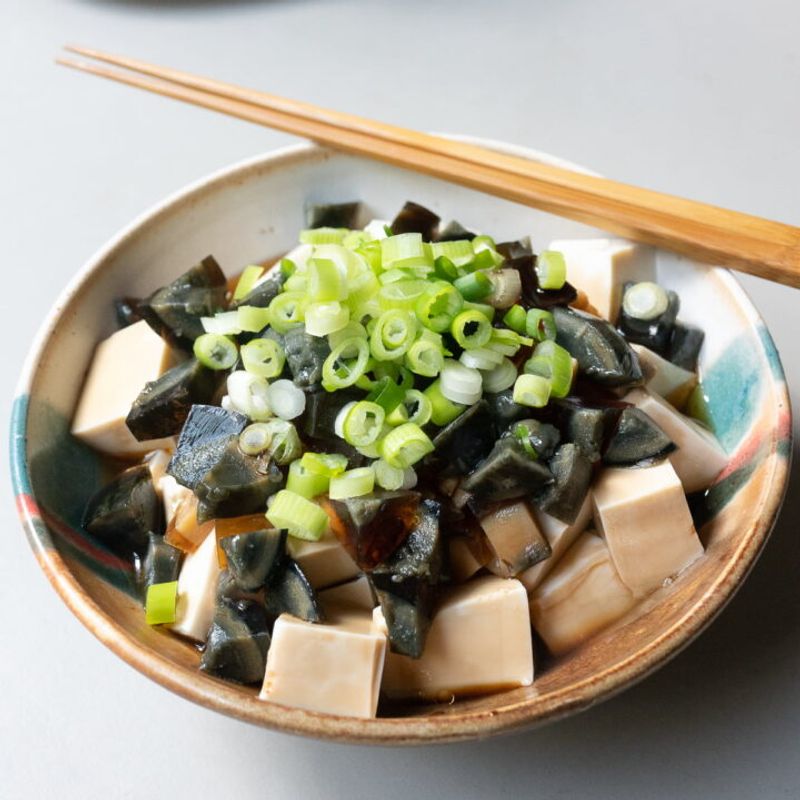
Despite the name, these preserved eggs are cured for just a few weeks rather than a century. Duck, chicken, or quail eggs are coated in a mixture of clay, ash, salt, and lime, then left to cure until the whites take on a brown, jelly-like consistency and the yolks become dark green with a texture similar to cheese. This curing process produces complex tastes ranging from creamy to slightly ammonia-like, depending on how they are prepared. Century eggs are often served in Chinese households as appetizers, thinly sliced and paired with pickled ginger to offset the rich and intense flavors developed during preservation.
9. Egg Curry – India
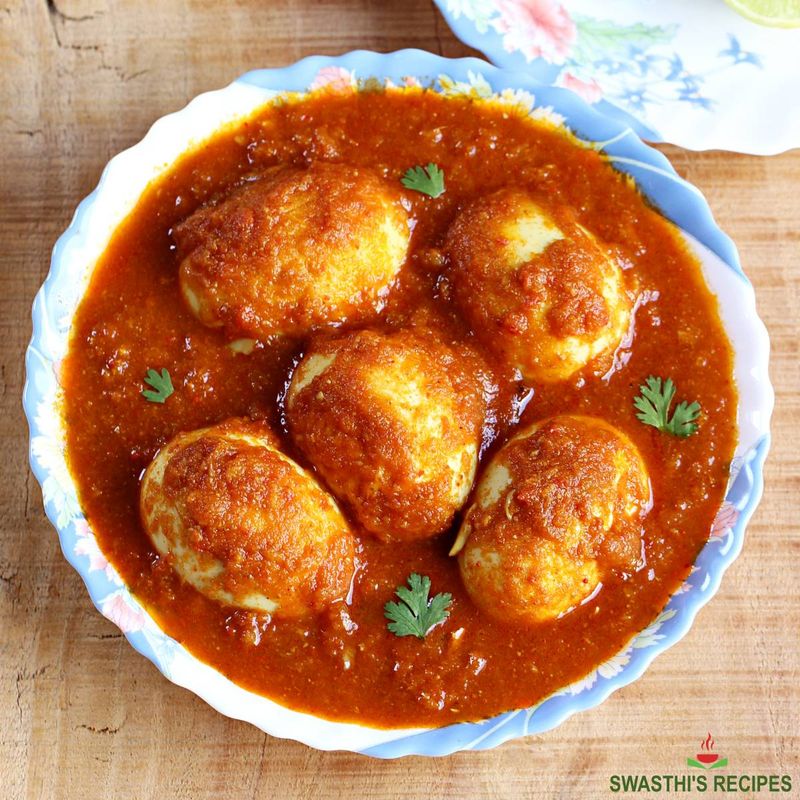
This dish shows that costly ingredients aren’t needed to develop rich, fulfilling flavors that encourage second helpings. Onions, ginger, and garlic start the base, cooking until fragrant before tomatoes and spices like turmeric, cumin, and coriander are added. The sauce thickens as it simmers, then halved hard-boiled eggs are mixed in to soak up the deep flavors. Sometimes coconut milk is included to make a creamier version that balances the spices. Across India, regional differences appear, with some areas favoring more heat while others emphasize aromatic spices that bring warmth without overpowering the taste.
10. Scotch Egg – United Kingdom
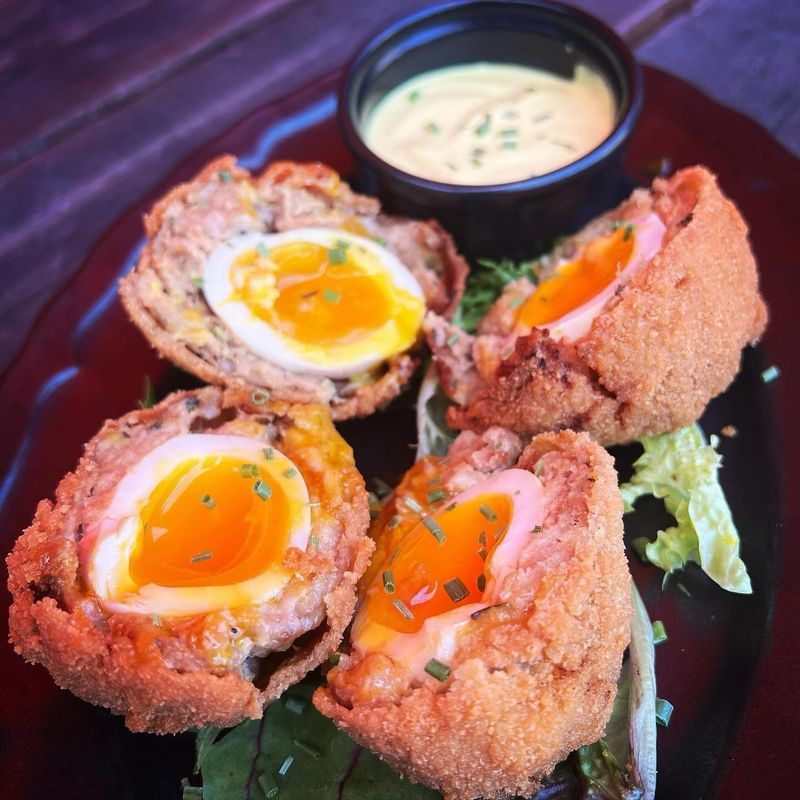
Some say London’s Fortnum & Mason department store first made them in 1738, though the exact origin remains debated among food historians. Hard-boiled eggs are wrapped in seasoned ground meat, then coated in breadcrumbs and deep-fried until the outside turns golden and crisp. The combination of a crunchy shell and soft egg inside adds texture contrast, especially when paired with tangy mustard or brown sauce. Today’s variations might use different meats or include herbs in the coating, but traditional Scotch eggs rely on simple ingredients that highlight the egg through layers of flavor and texture.
11. Menemen – Turkey
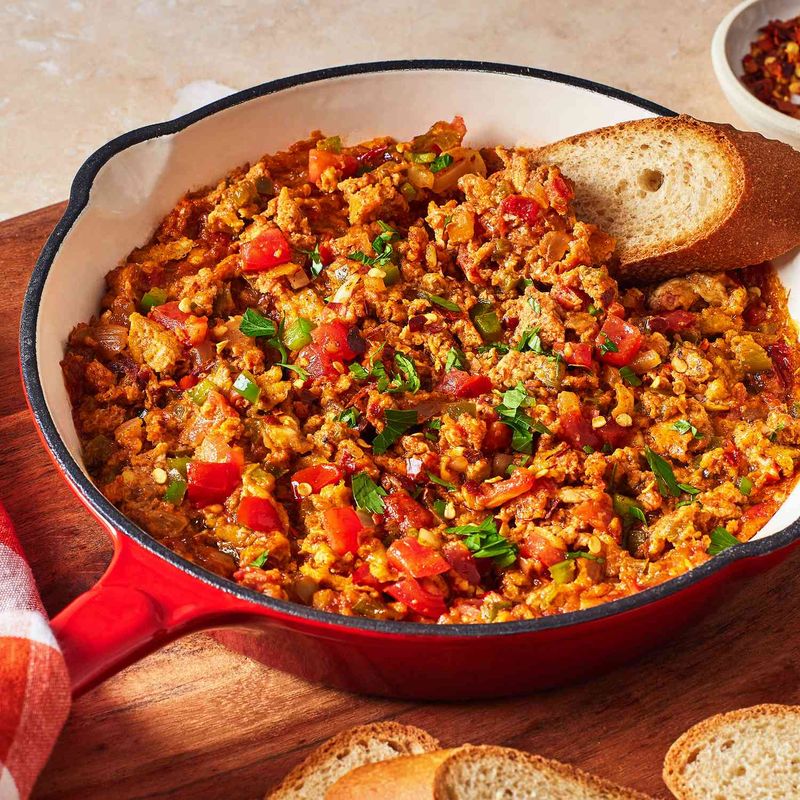
This scrambled egg dish shows what happens when fresh ingredients meet practiced hands in Turkish kitchens. Tomatoes and green peppers cook down until soft and thick, forming a base that supports scrambled eggs without overpowering their tender texture. Onions are commonly added for sweetness, along with red pepper flakes that provide a gentle fragrance. The dish is usually cooked in small copper pans that go straight from stove to table, keeping ingredients warm while families share bread, cheese, olives, and long conversations on weekend mornings.
12. Omurice – Japan
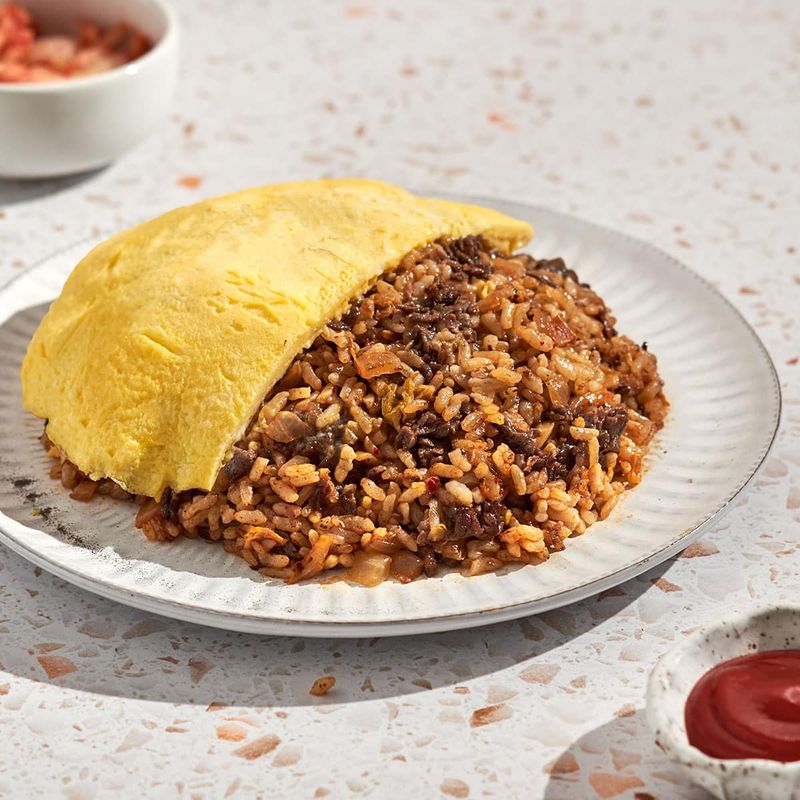
This dish reflects how Japanese cooks adapted Western ingredients into something distinctly their own. The fried rice is cooked with chicken, vegetables, and ketchup, resulting in a balanced, slightly sweet flavor. Meanwhile, beaten eggs are cooked into a thin, tender omelet that remains soft enough to encase the rice without tearing. Presentation is important, with many Japanese cafes decorating the top with ketchup designs or writing messages for customers marking events or other occasions.
